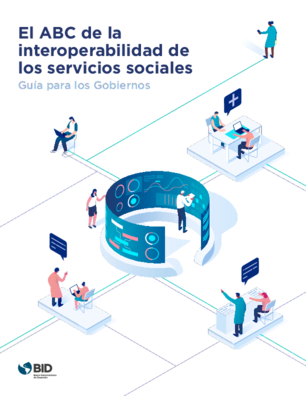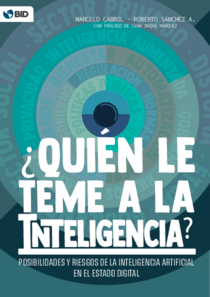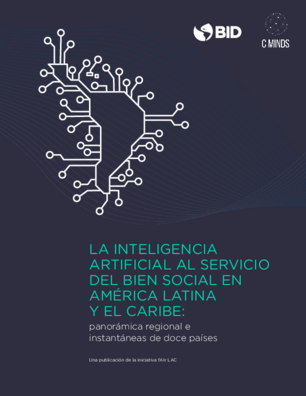Pilot
Distancia2
Buenos Aires - Quito

Buenos Aires, Argentina: Operating with 11 monitoring cameras
Dialogues are underway for eventual implementation in Bolivia, Brazil, Colombia, and Chile.
Problem to be solved:
Risk of contagion in areas with large crowds.
Populations that are affected by the problem
The current response to this problem, considering related institutions
No response at the time
Proposal to solve this problem using AI:
Distancia2 is an IT platform developed by IADB for cities that feeds from city-installed video cameras. It uses modern AI algorithms to detect people and estimate the distance between them. Distancia2 can generate alarms according to the parameters set out by the city (e.g., % of people less than 2 meters away in each time unit) or deliver data sets that record the daily response of citizens to the measures taken.
This development is scalable and focuses on adding intelligence to the available infrastructure. It works on IT-based infrastructure provided by cities or local entities, either on-site or in the cloud; the IADB licenses its use at no cost. The platform can perform real-time or historical analysis of behavior previously recorded by the cameras.
No private information is used because particular traits or unique characteristics are not analyzed. People are detected anonymously, estimating the distance between them.
Protocols for responsible use of data and algorithmic accountability
No private information is used because particular traits or unique characteristics are not analyzed. People are detected anonymously, estimating the distance between them.
The IADB-developed software tool includes a Creative Commons license that allows counterparts to use it at no cost. IADB supports the tool's installation, testing, and implementation and provides training. Counterparties are responsible for the hardware (physical or virtual infrastructure) to host and run the tool. IADB and cities must sign a collaboration agreement to ensure that the Bank does not store or use the data generated by the platform. The data will remain in the city's infrastructure at all times.
We will target Apps towards strengthening society's trust in the new digital services based on transparency and design of people-centered services, using data to solve people's problems.
Lessons learned in the use of AI for social impact
Using collaborative resources to find solutions and recommendations that integrate the use of technology and data, communication strategies, and even behavior changes to reduce the spread of the virus.
Hub
N/A
Sector
Health
Location
Buenos Aires - Quito
Executing Entity
State
Use and Monitoring
Contact
It may interest you
Posibilidades y riesgos de la inteligencia artificial en el Estado digital
The Regional Landscape and 12 Country Snapshots



